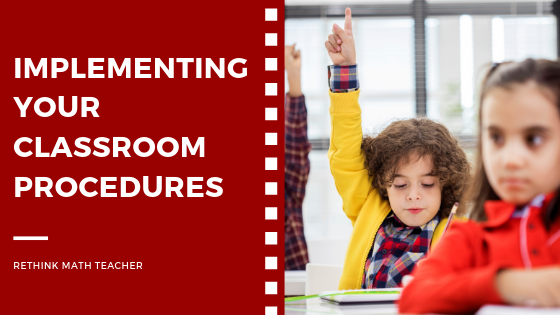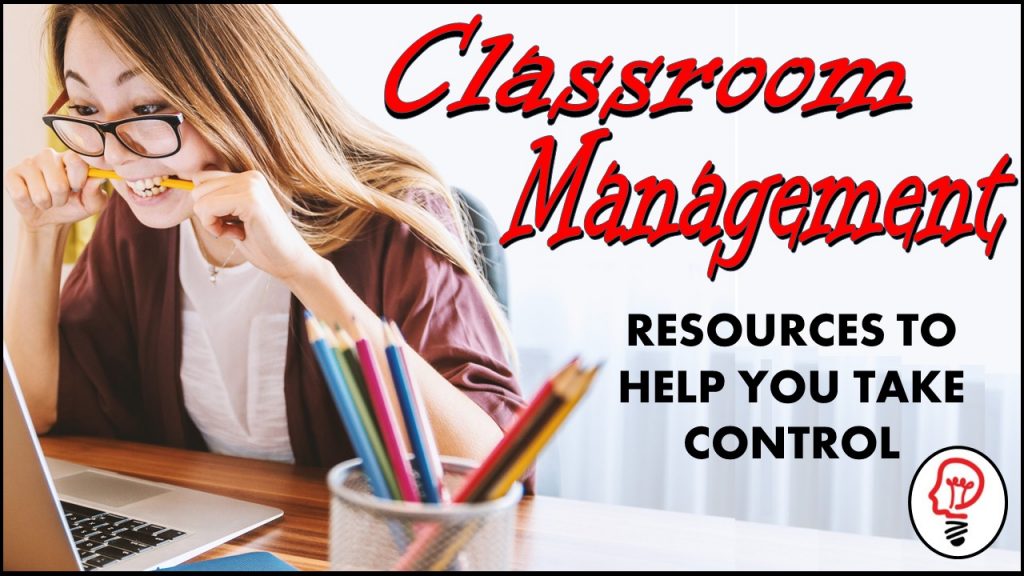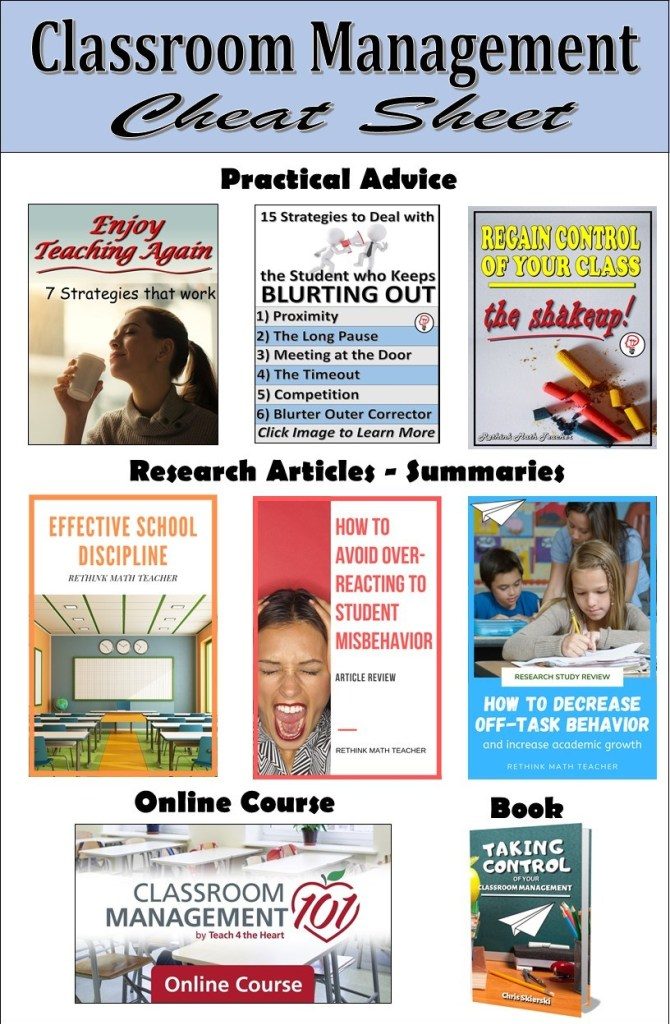
Classroom Management
I was teaching at a Pre-School and was very frustrated with the youngsters’ inability to lineup when I called them at the end of recess.
I would ask everyone to come line up, and only a few would. So I would go to the playground to retrieve the students who hadn’t followed instructions, and as I did, those in line would return to the playground. It was a vicious cycle that was agitating me greatly.
I decided to fix it
I explained to the students the issue – that they weren’t listening, nor coming in when I called them. And they were doing a very bad job of lining up. So I reviewed with them the expectations; ‘when I call your name, you need to come line up, and stay in line until we walk into the building.’
Then I told them that they were going to ‘play a game.’ Here’s how the game is played: the students would ‘pretend to play,’ and when I called their name they needed to quickly come over and line up. The students were very excited to play this new game, and it was quite amusing watching them run around the playground ‘pretending to play.’ They would wave their hands in the hair, and then slow down looking over their shoulder at me in anticipation of their name being called. When they realized I hadn’t called them they would speed back up only to slow down again and look at me. After about 30 seconds I would call their name and they would joyfully run to the line. As they did, I would cheer them on and thank them for doing such a good job.
Are you having difficulty with your students following a set procedure? There are quite a few lessons to learn from my illustration above.

Step 1
First, you need to reteach your expectations to your students. It’s funny how we often expect young people to know the rules and follow them correctly, without ever being taught. We teach our students everything else but fail to teach them our expectations and how to follow the classroom procedures.
Step 2
As you teach an expectation, you should also model it for them. What does it look like and what does it not look like? If you are teaching your students your expectations for how they should pass out papers, model for them how to pass a paper from one person to the next. Then show them what it doesn’t look like: throwing it, shouting “Here! Here!” or hitting someone with the paper.

Step 3
After a thorough teaching of the procedure, have your students practice it, just as I had my pre-school students practice lining up. Make sure that as you practice, you do so in short time intervals. When I was working with the young people in the illustration above, I did not have them play for ten minutes and then call their name. Instead, I had them practice for less than one minute before calling their name. By doing so, I keep the routine in their mind, as well as set them up for success.
Step 4
Be sure to offer lots of encouragement and praise as your students are practicing your routine.
Finally, make corrections as needed.
Make sure to compliment your students for doing a good job practicing your procedure. But if someone did not do a good job, you need to kindly correct it. Address the issue, explain what needs to be done to correct, and do this in a positive manner.






